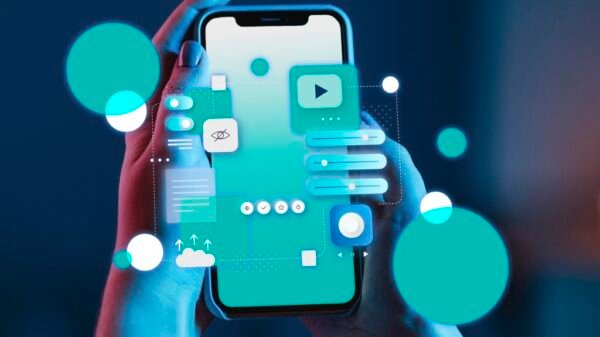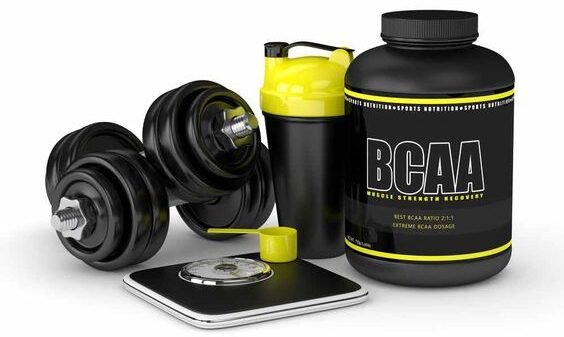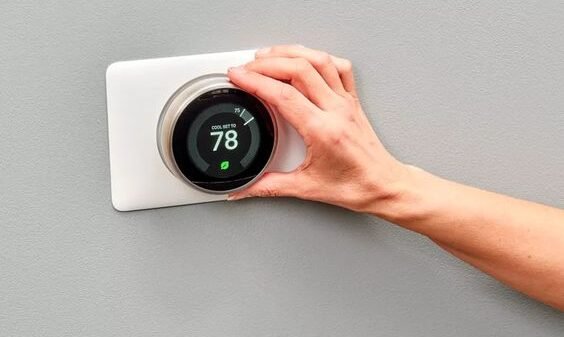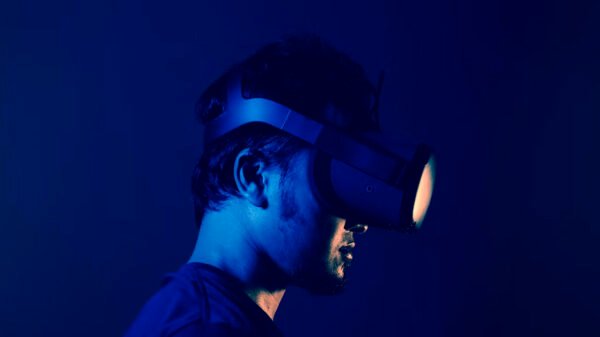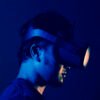These days, it’s critical to ensure your app maintains its visual integrity on various devices. Here is where visual testing, an advanced automated method transforming how testers and developers confirm the current state of their applications, comes into play. This blog post dives deeply into the specifics of visual testing, highlighting its benefits, best practices, and methodology.
Now, let’s begin our journey of visual testing mobile apps!
What is Visual Testing?
Visual testing is an automated method that uses snapshots to confirm the current state of your application. Unlike most other automation tools such as Selenium, Appium, Jest and others, it implies that your tests are not restricted to querying the DOM to ascertain status. Instead, every time you perform a regression run, a screenshot of your application is collected and compared to a baseline image. It is known as visual testing. Consequently, examine and validate your application in the same way as your users!
Why Visual Testing?
When developing mobile applications, there are numerous approaches to testing user interfaces. Nonetheless, visual testing is the most rapid and accurate approach. It allows app developers to automate the view validation process, greatly expediting the task. It is possible to confirm if a particular component renders correctly or if it causes regression. Testers will have more time to test other app sections because developers will be informed about bugs faster.
You can verify if a property of a particular element has the intended value in each test. During code review, even the most minor adjustments to an element’s color, positioning, or frame could go unnoticed by the developer, but automated visual tests will undoubtedly pick them up. Your app’s user interface will always be “pixel perfect” in this way.
To check multiple distinct views, an engineer only needs to write a few lines of code. It reduces the amount of test code, improving readability and clarity. It’s crucial in large projects with a significant quantity of legacy code because building up a new testing environment could take a while. We can save many testers’ time by automating the process with visual tests. How precisely do visual tests function?
How Do Visual Tests Work?
Visual testing is a reliable technique for spotting UI changes that can cause regressions. This complex operation is necessary to systematically compare the present user interface (UI) with reference snapshots of the same UI.
Here is the Step-by-Step Mechanism of how a visual test works:
Comparison with Reference Snapshots:
The primary method compares reference snapshots from earlier instances with the actual user interface during testing. These screenshots act as a standard, showing how the user interface should look in particular situations.
Specialized Test Suite for Reference Snapshots:
A dedicated test suite is run to create these reference snapshots. The purpose of this suite is to take screenshots of the user interface in its proper condition and save them in the memory of the device. It is important to remember that this process must be carried out on each device separately to accommodate for differences in screen sizes and resolutions.
Main Test Suite Validation:
The primary test suite then starts, verifying the UI’s present state by contrasting it with the reference snapshots that have been stored. It ensures that the user interface (UI) stays consistent across various devices and continues to produce the desired outcomes.
Report Generation:
Following the tests, an extensive report is produced that provides an overview of the outcomes of the visual testing procedure. This report is a valuable tool that sheds light on any differences between the expected and actual user interfaces determined by the reference snapshots.
Identification of Differences:
Finding the precise discrepancies between the present user interface and the reference snapshots is a strength of visual testing techniques. With this degree of accuracy, developers and testers can target components that diverge from the intended visual depiction.
Adaptation to UI Changes:
Continuous adaptation to UI changes is an essential component of visual testing. To accurately reflect the new state, the reference snapshots need to be regenerated whenever changes are made to the user interface. It guarantees that the visual testing procedure stays current and compatible with the application’s dynamic nature.
Benefits of Visual Testing
Beyond bug detection and regression prevention, visual testing has many advantages. However, this advanced testing approach has many benefits that make development easier and smoother and force developers to take care of a higher level of UI quality for various devices. Here is a summary of the main advantages:
1. Quick Bug Detection:
Visual testing is excellent at finding bugs. Hence developers can be able to fix them quickly. Quick bug detection is vital in ensuring a solid and bug-free mobile application.
2. Increased Quality of Code and UI:
Visual testing is extensive like any other testing; thus, the resulting code and user interface are much better than different testing types. Visual tests look at the slightest alteration in color, structure or position. Through this, they give a uniform and smooth UI.
3. Regression Reduction:
Visual testing has been identified to be one of its main gains, which significantly reduces the likelihood of regression. Visual regression tests caught by automated testing systems do not allow problems to grow into something bigger.
4. Control of Views on Different Devices:
By running visual testing, developers can exercise very high control over how their application looks and feels. Therefore, this guarantees the same quality user experience for all screens and resolutions, resulting in improved user satisfaction.
5. Effective Feedback for Designers:
The designers obtain helpful information from the visual tests. It shows any inconsistencies in the UI when the screens are switched. An iterative feedback loop enables the designers to modify their technique until the visible components fit effortlessly into a highly fragmented space.
6. Code Reduction:
Ensuring visual problems are resolved quickly using visible testing results in minimal code. Such streamlining enhances the application’s efficacy and keeps the codebase neat and easy to manage.
7. Low Entry Barrier (Easy Implementation):
Visual testing is well-known for its ease of implementation and accessibility. It makes it easy for the development teams to introduce visual testing as a part of the process without much struggle and, hence, fast incorporation.
8. Lower Workload for Testers:
A key characteristic of visual testing is that it automates the workload of testers. Automated tests provide faster handling of repetitive tasks while giving testers more time to conduct more complex scenarios for fuller testing.
9. Fast Implementation:
Visual testing can be quickly incorporated into the development pipeline. The fact that it can be automated coupled with ease of integration makes the implementation process fast and efficient, in line with most modern methods of development where there is a call for speed.
10. Automation:
Visual testing is, at its essence, transformative with such automation. The automation sub-component automates UI snapshot generation, comparison with the reference photos, and the entire testing process. The above will enable quick testing and reliability in assessing its accuracy.
Using technologies such as LambdaTest also increases the efficiency of automated visual testing. It has a stable base for recording and comparing UIs, making it easy to incorporate into testing. Integrating LambdaTest into the workflow will enable developers and testers to take advantage of their time and skills, focusing on more complex application areas.
Automated visual testing eliminates the human input required for repeated tasks. Visual testing is automated and, therefore, quicker than manual testing, making the process more reliable to achieve desired results.
In addition, visual-based testing automation is compatible with continuous integration and delivery (CI/CD) processes. Incorporating visual testing into automated build processes (especially LambdaTest) early will help detect visible deviations from the development stage. This approach ensures that no buggy code finds its way into the main codebase, enhancing confidence in the software development life cycle.
When do we perform Visual Regression Testing?
Visual Quality Attributes
In particular, an example of Visual Regression Testing is evaluating important visual quality attributes like color, size, and alignment, among others. The in-depth analysis guarantees graphic standards are maintained on different devices and at varying resolutions.
Performed Alongside Functional Testing
Visual Testing is a companion test that supplements or does not replace Functional Testing. Such functional automation frameworks are directed to the practical aspect of any application but need to catch up with the aesthetic nature of visual qualities. Therefore, the combination of Visual Regression Testing and Functional Testing ensures the complete assessment of the application.
Challenges for Functional Automation Frameworks
The design and implementation focus of Functional Automation Frameworks primarily centers around functional aspects. Visual nuances, such as subtle changes in color or layout, pose challenges for these frameworks to capture accurately. It is where the specialized capabilities of visual testing tools become indispensable.
Best Practices for Visual Testing
To ensure effective visual testing, consider essential practices that enhance the accuracy and efficiency of the process.
1. Anti-Aliasing and Pixel Offsets
Visual testing must be precise, which involves subtleties such as anti-aliasing and pixel offsets. Please consider these factors to ensure correct positive or negative observations in the test.
2. Utilizing DOM Snapshotting
Using DOM snapshot as part of the visual testing strategy gives you deep insights into the app’s build structure. Another information layer is added, making for more robust testing.
3. Advanced Parallelization Capabilities
Improves the speed and accuracy of visual testing by leveraging advanced parallelization abilities. It makes it possible to distribute tests across several environments simultaneously, hence speeding up the testing.
4. Collaborative Snapshot Review
Snapshot review involving several interested parties creates a holistic appraisal process. Using this approach guarantees visual changes are in line with technical specifications and business and design goals.
5. Dynamic Information Handling
Visual testing has to adjust to the changing information, which is part of the application. It relates to treating such things as user interfaces and data updates.
6. Comprehensive UI Validation
Evaluating the entire UI page gives broader coverage than focusing on specific components. By adopting this holistic approach, visual tests consider a user’s overall experience.
7. Avoiding Sole Reliance on Threshold Settings
While threshold settings are essential, avoiding sole reliance on them is crucial. Emphasizing user perception over strict numerical thresholds ensures visual testing aligns with real-world user experiences.
Conclusion
In summary, visual testing plays a vital role in mobile app development. It quickly determines bugs, ensures UI consistency, and strengthens code quality. It is an efficient method owing to its step-by-step procedure coupled with regression reduction and precise control of different devices. Automation is facilitated by integration with tools such as LambdaTest, making testing faster. Visual regression testing with functional testing is the best way to ensure that all critical visual quality attributes are considered. Following the standards improves the validity of visual testing, matching the actual user behavior. Finally, visual testing is vital in mobile development for creating sleek end-user applications on myriad devices.
Also read:
What is the First Computer Virus in the Philippines?
Unveiling the Power of SoogsX: Revolutionizing Technology









